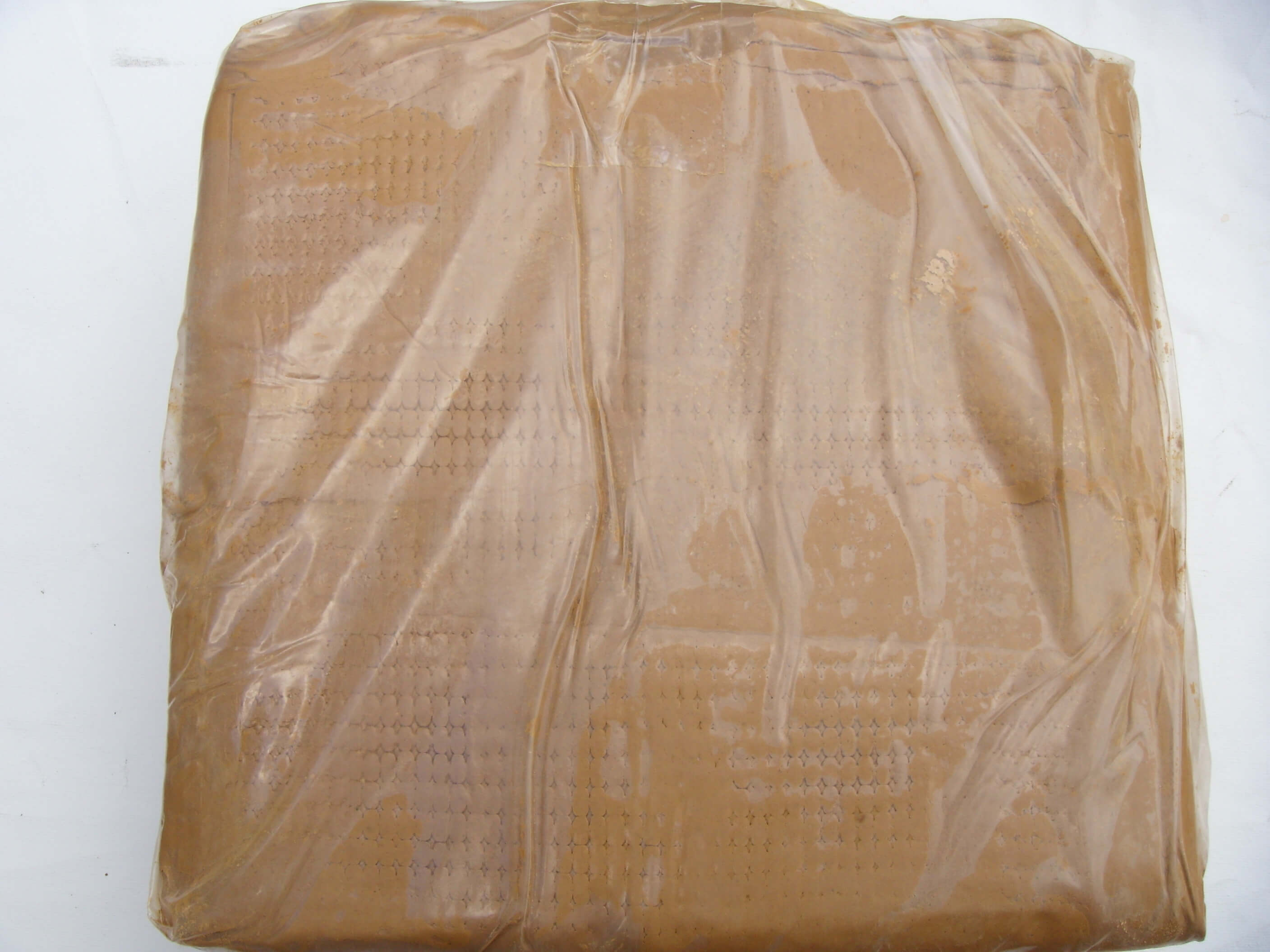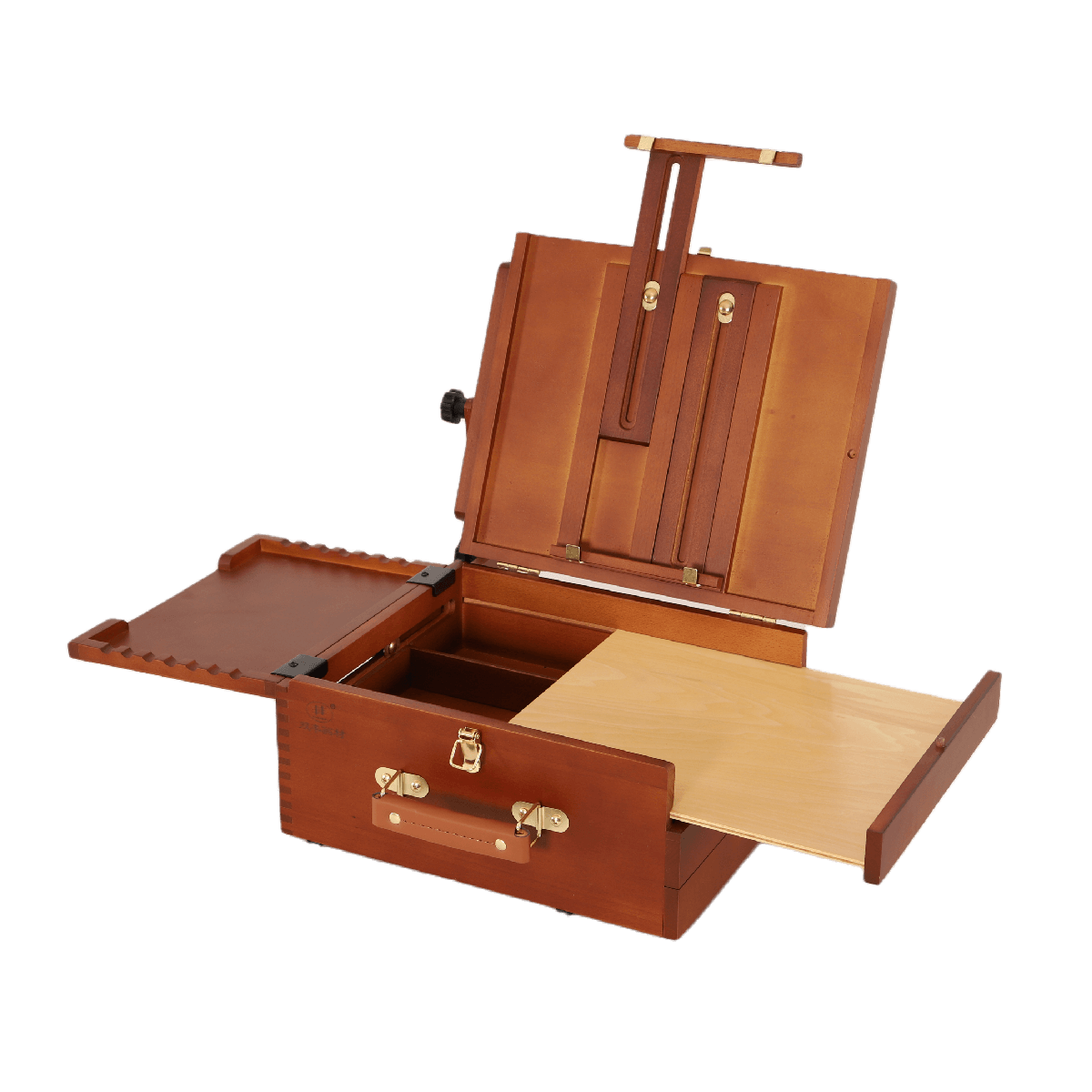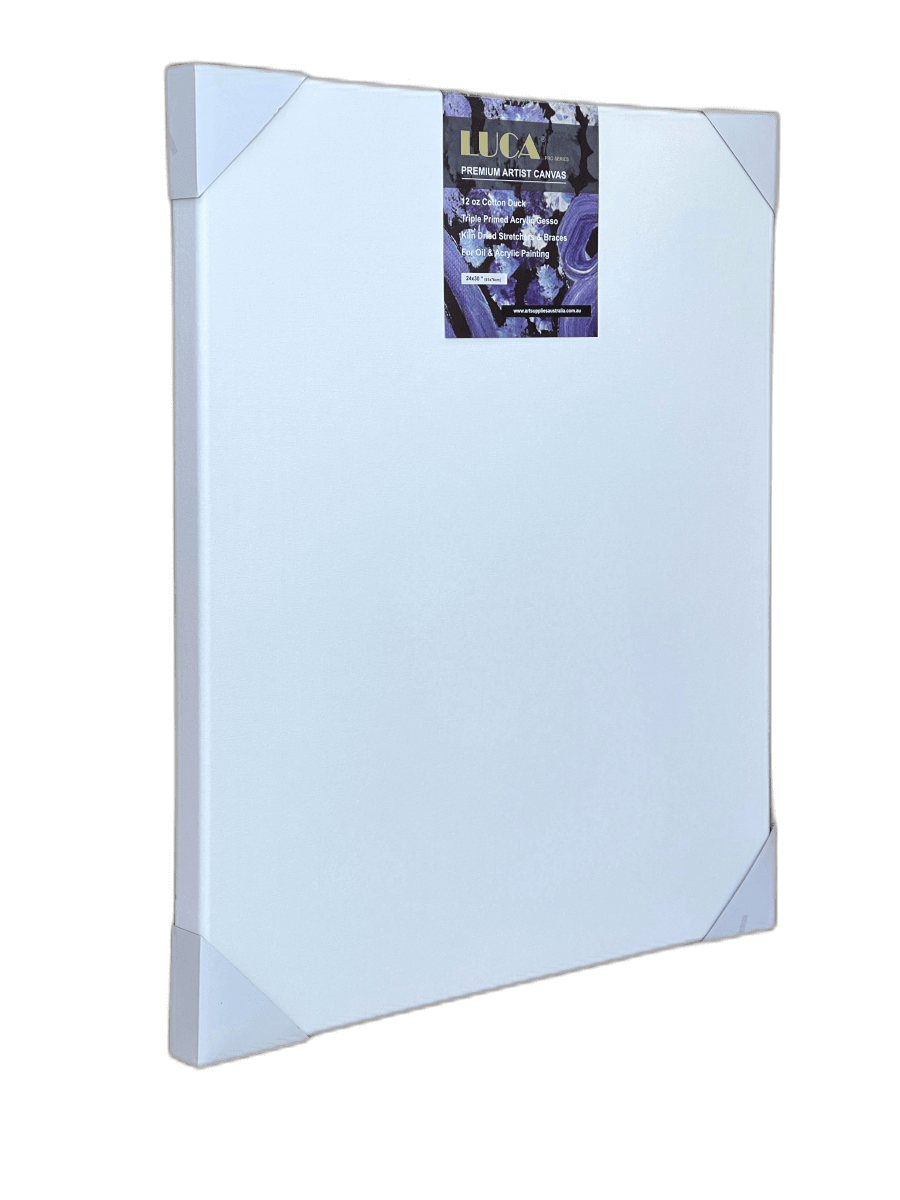Paint rollers are an essential part of any painter's tool kit. They provide a smooth, even coat of paint over large surfaces, and they're inexpensive to boot! But when you're done painting for the day, don't just throw your roller in the trash. Proper cleaning will ensure your roller works appropriately the next time you need it.
Few Things to Keep in Mind

Most painters have their system for cleaning paint rollers, but there are a few essential things to remember no matter what method you use.
First, don't rinse your brush in water. This can cause rust spots that reduce its effectiveness next time you're painting. Instead, dip your roller into a bucket of water for just a few seconds and remove it quickly. This will rinse out most of the paint without requiring much work as removing extra paint by hand.
Second, keep your coffee can or another container wet at all times. This way, you'll always have more water on hand to replace the water you've used. Then, when you're done dipping, pour the remaining water back into your container for use next time.
Also, keep a plastic bag or some other type of covering on hand so you can keep your roller covered between uses. This will prevent it from drying out and becoming less effective when you need it again.
Cleaning Your Paint Roller

Step 1: Remove Excess Paint
Start by removing excess paint from your roller. You don't have to remove all of it, but you'll need to get rid of most of it, so the water from the next step doesn't become too diluted. To start this process, dip your roller halfway into a bucket of water and roll it against the side until it looks half-empty.
Step 2: Rinse
Dip your roller into the same bucket of water, but this time dip it entirely and remove it quickly. Do this a few times until most of the excess paint has been removed. If you have stubborn spots that won't rinse away quickly, use a small brush to clean them out. Once you're satisfied, pour the remaining water into your container for use next time.
Step 3: Shake
Now shake all of the excess water out of your roller. You can do this by hand or place it on a flat surface and press down on it firmly to remove as much water as possible. Then roll it against your paint tray, a rag, or anything else you can find to add some friction and remove any remaining excess water.
Step 4: Store
Store your roller somewhere wet, so it's always ready for when next time comes. If you don't have enough excess water in the bucket already, pour what you've used back in after taking out your roller and cover it tightly to keep any excess water out.
Cleaning Your Roller Covers

Step 1: Rinse
Start by rinsing your roller cover in a bucket of water the same way you would a paint roller, but be sure to rinse it all the way through with cold water until no paint remains. You can use your brush or a rag to assist you if necessary.
Step 2: Disinfect
Next, disinfect the roller cover by placing it in a small bucket of water and adding a teaspoon of bleach. Allow it to sit for 10 minutes so the bleach can kill any remaining bacteria or viruses. You should also sanitize your brush or rag and anything else that comes into contact with the paint to prevent any chance of disease.
Step 3: Rinse and Store
Rinse your roller cover one last time to remove all traces of bleach, and then place it in a plastic bag or store it somewhere wet until next time. If you don't have a spare container of water, pour what you've used back into your bucket and cover it tightly.
Remember to keep a close eye on the condition of your paint roller cover as you clean it. If any weak spots or tears compromise their shape, now is the time to replace them, so you don't have to deal with those issues while painting.
Most painters clean their roller covers after every use, but this isn't always necessary. Only wash it if it's dirty or smells terrible instead of simply waiting until your next painting session to give it a thorough cleaning.
In conclusion, paint rollers are one of the most crucial painting tools and art supplies available because they allow painters to deliver a smooth coat of paint over large areas. They are usually inexpensive, but that doesn't mean you should throw your paint rollers in the trash after each use. How to clean a paint roller properly will ensure they last longer and work better for you!







